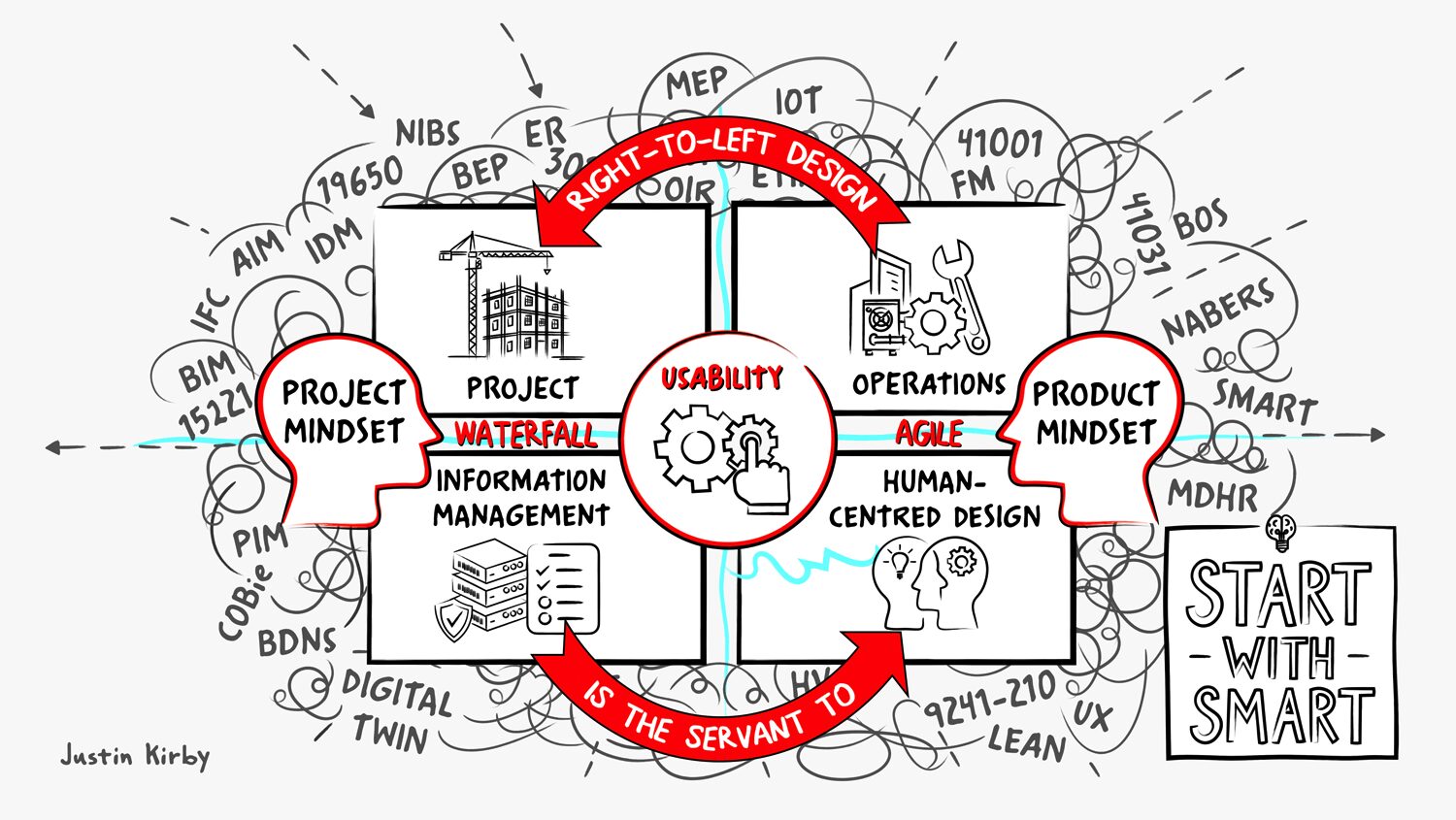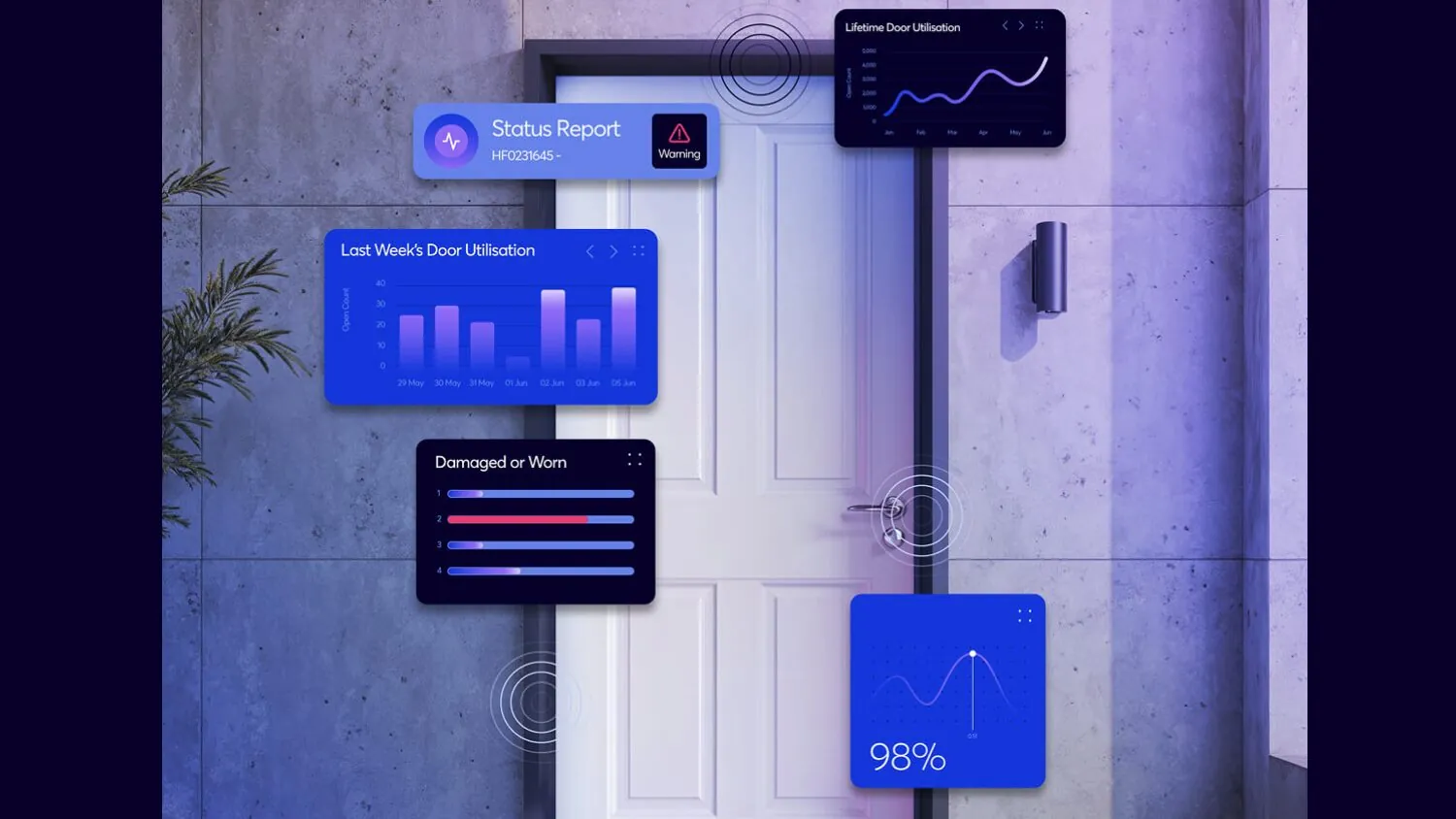
Harnessing IoT and AI to bolster resident safety and golden thread compliance
While many would argue that the pace of technology adoption in the social housing sector remains lamentably slow, the rise and prominence of data analyst and chief technology officer (CTO) roles in housing organisations reveals a different picture.

As a housing leader recently remarked to me, data collection and interrogation is nothing new to a sector that manages complex asset portfolios and large numbers of residents 24/7.
Like many sectors, housing is grappling with the opportunities and potential threats that the AI revolution may bring. But, its more fundamental challenge is how to use its existing data assets alongside new and emerging technologies to improve the lives of a diverse resident population, with an equally varied range of needs and requirements.
A fascinating recent discussion with Darren Ibell at Broxtowe Borough Council highlighted how the interface between technology, data, organisational culture and more ‘analogue behaviours’ can drive positive opportunism. The introduction of a charitable partner into resident discussion forums revealed increasing engagement levels and more detailed, actionable feedback from tenants across a range of housing issues.
By accurately recording and prioritising these insights, the housing association was able to address key issues impacting residents that were not previously communicated to liaison teams.
Understanding and engagement
The key finding that residents were more likely to disclose issues that negatively impacted them to an external body, rather than the housing association itself, helped transform the tenant engagement programme and led to a rise in customer satisfaction. A new approach was crafted around observable resident behaviours – or data insights – with issues quickly followed up and resolved.
Understanding the challenge you are seeking to resolve with technology must always be the starting point, especially considering the cost, disruption and cultural change that comes with the implementation of new systems and processes. The Horizon scandal at the Post Office and numerous high-profile NHS technology failures are salutary lessons for the uninitiated.
One of the gravest scandals to hit the social housing sector in recent years is the Grenfell Tower disaster, which eight years ago took the lives of 72 people. This tragedy had a profound and galvanising impact on a sector around the issue of resident safety. Billions of pounds have already been spent on the removal of unsafe cladding and the prioritisation of safety in the design and build process is transforming the sector.
In the retrofit arena, there is a major challenge to ensure that existing buildings are fit for purpose and safe for residents. This is a non-negotiable in the post-Grenfell era, where penalties for the Responsible Person include a jail sentence.
Assessing how technology can be deployed to assist with fire safety compliance is a key starting point for housing associations. The Internet of Things (IoT) and AI offer a range of opportunities for discreet monitoring of key frontline infrastructure, like fire doors, vital to survivability, but only if they remain in a fully compliant state.
‘Always on’ self-testing door
As a frontline defence protecting residents, the integrity and compliance of fire doors can mean the difference between life and death, and the current annual inspection regime for fire doors personally felt incompatible with the key safety role they play for occupants.
That proved the genesis of the Auro Door concept, which provides a golden thread of information from installation validation and ensures compliance with regulations at all times and not just during an annual inspection. Our Auro Door concept was built upon years of first-hand observations working alongside the UK’s leading housing associations and local authorities.
The benefits from an ‘always on’ self-testing fire door extend into the field of predictive maintenance and optimisation of inspection programmes – all of which feed back into the non-negotiable of ensuring resident safety, while offering major cost and resource efficiencies for landlords.
Feedback from our Auro Door trial partners reflects the underlying principles of this technology-enabled fire door. It’s a discrete solution fully integrated into the door design that requires no additional considerations from a landlord perspective, but the data and reporting functionality is a gamechanger for golden thread compliance.
Analogue North Star
In a world where the volume of data produced and recorded can be overwhelming, learning the lessons from ‘analogue’ practices can be a guiding North Star. Technology is transformative when it addresses fundamental challenges, and when these relate to safety, then these are some of the most important issues we should seek to resolve.
Discrete technology with high impact underpins our creative mission, which is to prevent avoidable deaths and injury, giving confidence to residents and landlords that safety measures work as designed on that one occasion when it really counts.
Keep up to date with DC+: sign up for the midweek newsletter.



